In our online marketing strategy we have several alternatives to reach our potential customers and direct traffic as relevant as possible to the product catalog that interests us if we are working with an ecommerce.
One of the tools that we can use for this work is Facebook from its paid ads area or Facebook Ads using the potential of their audiences.
Table of contents
What is an Audience in Facebook Ads
An audience is a way of grouping or segmenting users who will be served advertising on Facebook.
This segmentation will be done according to criteria that we are interested in depending on what we are going to promote or what our objectives will be. If our objective is very initial in our sales funnel we segment according to some criteria but if we want to be close to the lead we can segment according to other parameters.
One of the advantages of Facebook for this issue of audiences is the amount of data it has of its registered users making it very interesting the action of paid campaigns through this medium as it allows to reach users really interested in what we can offer.
Types of Audiences in Facebook Ads
Basic Audiences
This type of audiences can serve as a basis for segmentation and will allow us to choose users by geographical aspects, being able to choose the place of action in which the ads will take place.
We can also choose demographic aspects to form these audiences such as age, gender, or even academic background. In the case, for example, that we are marketing products or services that fit into very specific age ranges, this type of segmentation will be very useful.
We can also choose the interests and hobbies of our target population. For example, if we define, according to our study, that it is more likely that what we market fits better in certain groups of people who show certain interests from these basic audiences, we can configure it.
We can also exclude based on the connection they have with our brand making the actions take place only to users who are linked to our Facebook page or on the contrary make us known to new users by not showing our this type of users.
Finally we can choose to filter aspects related to the behavior of users such as the type of device by which they use the application.
Custom Audiences
This type of audience allows us to retarget users who have already interacted with our company.
We can make use of a contact list, i.e. connect our customers with Facebook contacts through the records we have in the CRM of the company. In this way we can make use of it and select certain actions that are aimed at users that we know have already made a purchase.
On the other hand, by configuring a pixel in Facebook we can segment an audience based on users who have been browsing the website.
Similar Audiences
Similar audiences consist of contacting users who have a very similar profile to users who previously responded positively to promotional actions that were made on other occasions
Therefore, similar audiences consist of using users that we already know so that Facebook takes them as a reference and serves advertising to users with the same pattern so that the probability of positive response is higher.
How to do remarketing depending on the audience
In this case the objective is to retarget users who have interacted with our brand thanks to the formation of an audience.
First of all, we must mark the type of interaction they have made, such as the visit of several pages or an empty cart or a form submission.
So to create this audience we must:
- Install the Facebook pixel on our website to place a cookie in the browser of users who have already passed through the page and detect the behavior of these visitors.
- Establish the main aspects to form the audience. As I said before, you have to configure what criteria the user has to have depending on the actions that have been carried out while browsing the website to add or not in the audience.
- Setting the audience. Once the criteria have been established, the only thing left is for this audience to be formed with the users we want to locate.
In order to carry out these remarketing actions as in Google Ads we will have to have a large amount of traffic passing through the url that interests us. The more restrictive we are in the conditions to form the audience the more traffic will be needed to be able to formula otherwise we will never reach a minimum for it to work properly
Advantages of Audiences in Facebook Ads
Power of reach
According to the latest data offered by the company has about 1800 million registered users. This gives us an image of the amount of possibilities it offers us to reach users.
If we add to this the large amount of data that users release when they make use of Facebook this allows the company to create countless patterns of user behavior that offers as possibilities for segmentation in order to carry ad campaigns.
Wide variety of ad formats depending on targeting
In addition to the high power of segmentation, this platform also offers many options for ad formats such as video, image or image sequences in order to customize each option to each group of users formed and depending on the stage of the sales funnel in which they are.
Reduced investment
It is difficult to find in other more traditional media advertising options where we can filter users so precisely and that the prices for carrying out marketing actions have such low costs
Conclusion
When we are designing our strategy to reach potential users for our company, one of the interesting options in the market will be Facebook and the high power offered by its audiences.
In advanced purchasing phases or when marketing very specific products in the market, the amount of options to filter users offered by this platform makes the chances of a positive response from the potential consumer are high compared to other means we have to carry out paid advertising campaigns through the web.
Related Posts



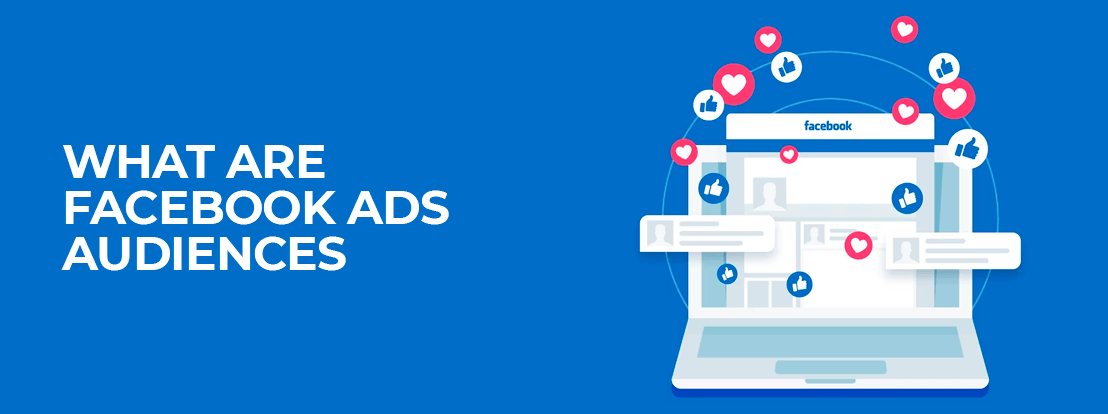
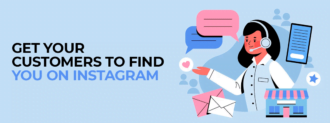
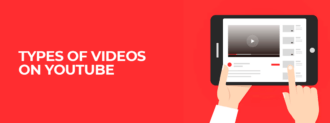
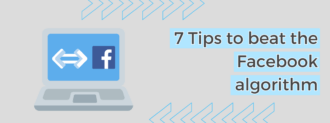
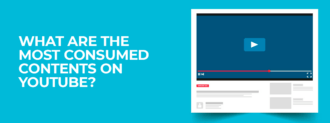
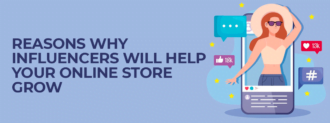
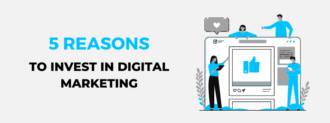
Deja un comentario